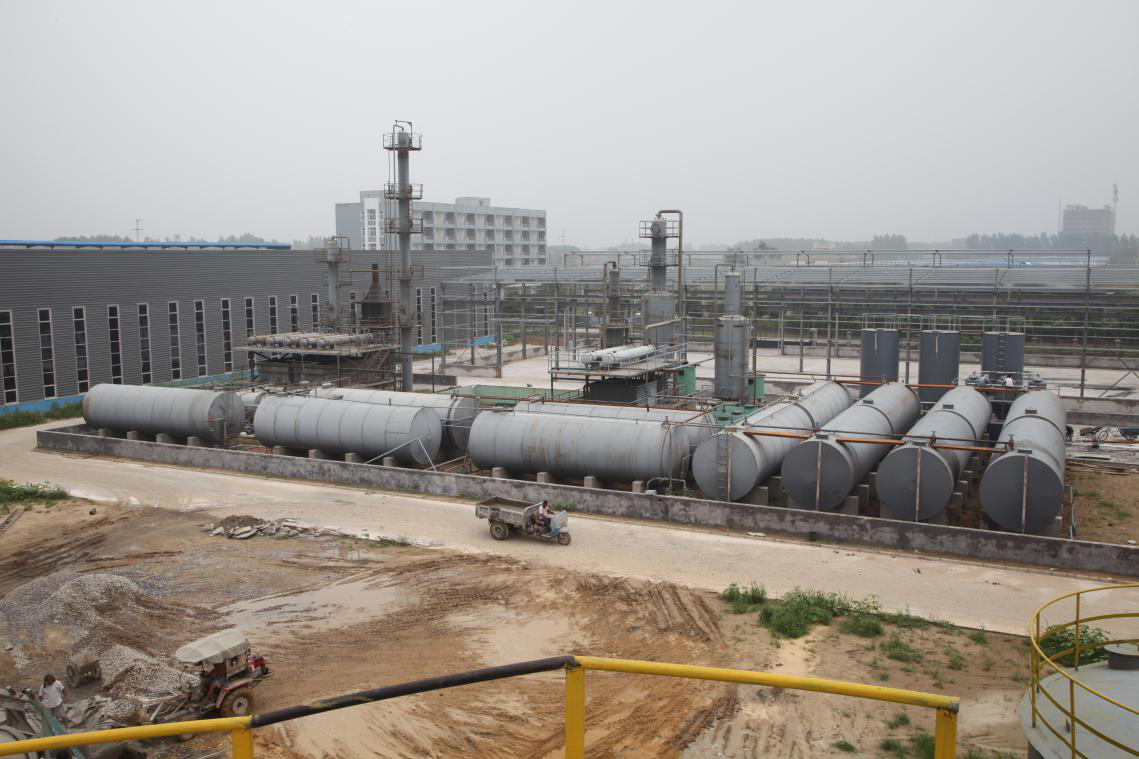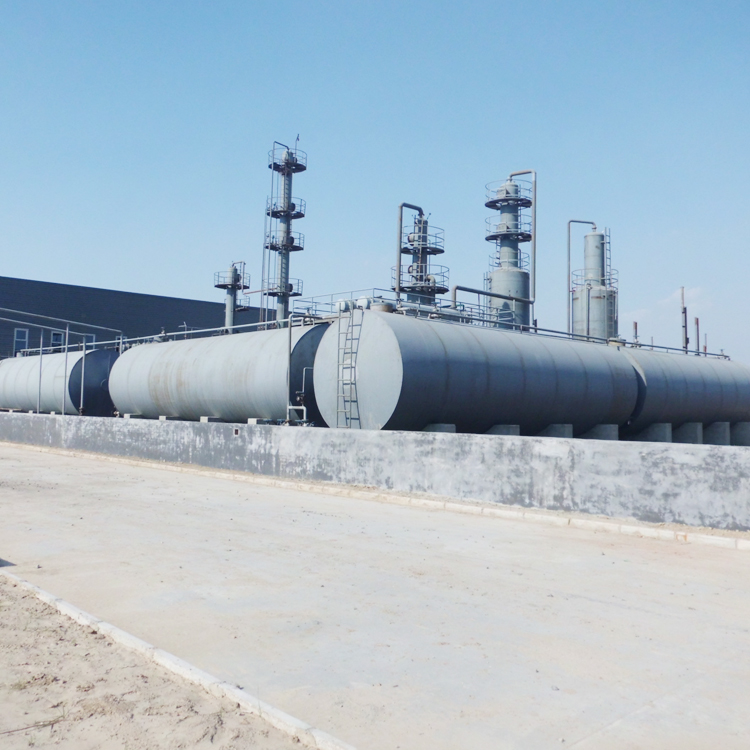Continuous Waste Oil Distillation Plant
The Continuous Waste Oil Distillation Plant is used to refine waste engine oil, crude oil and fuel oil after pyrolysis process into diesel grade oil, gasoline or and base oil. The daily capacity of this plant is about 10-300 tons.
Advantages of Continuous Waste Oil Distillation Plant
1. Unique manufacturing and technology with our own formula of our equipment in China.
2. High oil output, about 80%-90%.
3. Good quality end product oil as the substitution of standard diesel oil in usage.
4. Security:
A. Adopting automatic submerged-arc welding technology
B. All of the welding will be detected by the ultrasonic nondestructive testing method to ensure the welding quality and the welding shape.
C. Equipped with anti-explosive device, safety valves, emergency valves, pressure and temperature meters, as well as the alarming system.
5. Environmental-friendly:
A. Emission Standard: Adopting special gas scrubbers to remove acid gas and dust from smoke.
B. Smell during operation: Fully enclosed during the operation
C. Water pollution: No pollution at all.
6. Energy conservation and low cost on operation:
Special covers of the reactors and chambers can keep hot during the heating in good efficiency as well as the direct heating system to save energy and cost.
No.
Item
Technical Parameter
1
Suitable Raw Material
used oil, pyrolysis fuel oil, crude oil
2
Structure
Continuous Vertical
3
Chamber Material
16mm Q245R boiled steel
4
Daily Capacity (24H)
30-300MT
5
Condensers
Q235R
6
Fuels Choice
Oil, gas, coal
7
Power
70kw/h
8
Cooling Method
Cycle Water(70M3)
9
Delivery Time
1 month
10
Type of Installation
With foundation
11
Installation Area (m)
25m*35m
12
Noise dB(A)
≤85
13
Operating Mode
Continuous
14
Sync Gas Treatment
Fully burned as fuel
15
Manpower
3~4 per shift
16
Total weight(MT)
100mt
17
Shipment
8*40HC



Continuous Waste Engine Oil Distillation Plant
Continuous Distillation,Continuous Distillation Column,Waste Oil Refinery
Shangqiu Jinpeng Industrial Co., Ltd. , https://www.recyclingthewaste.com